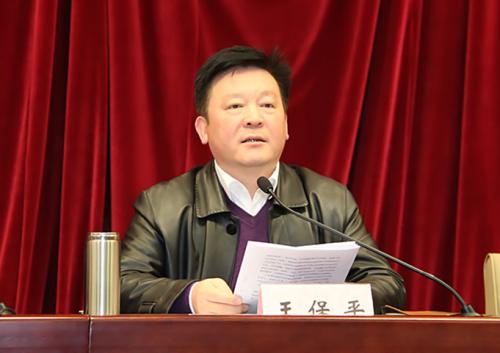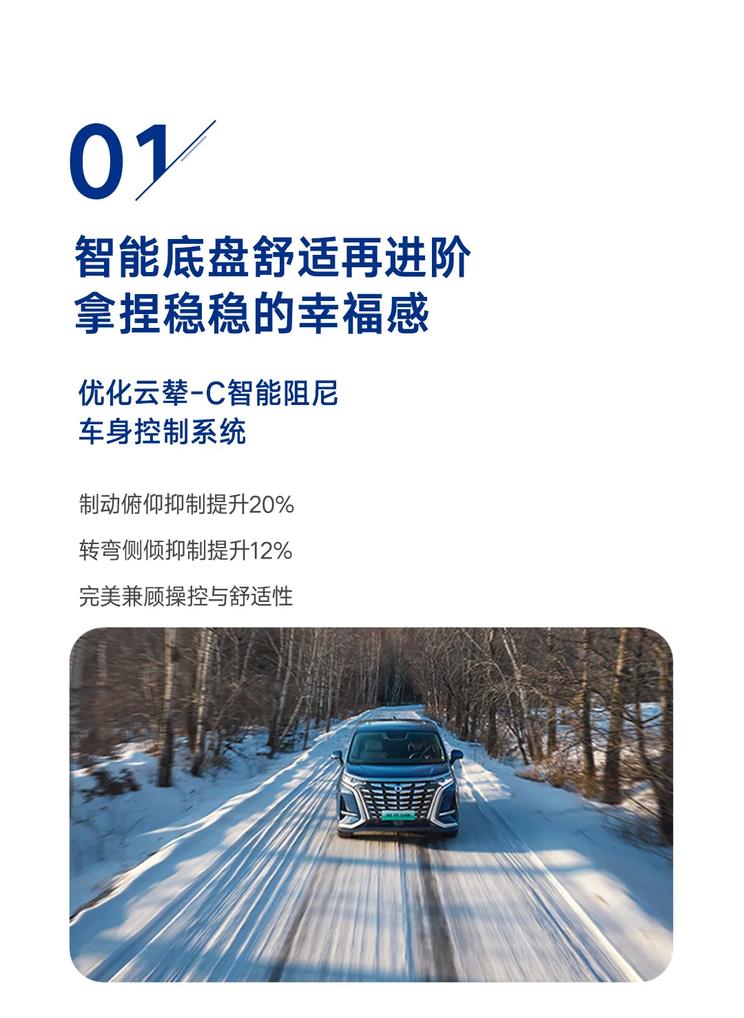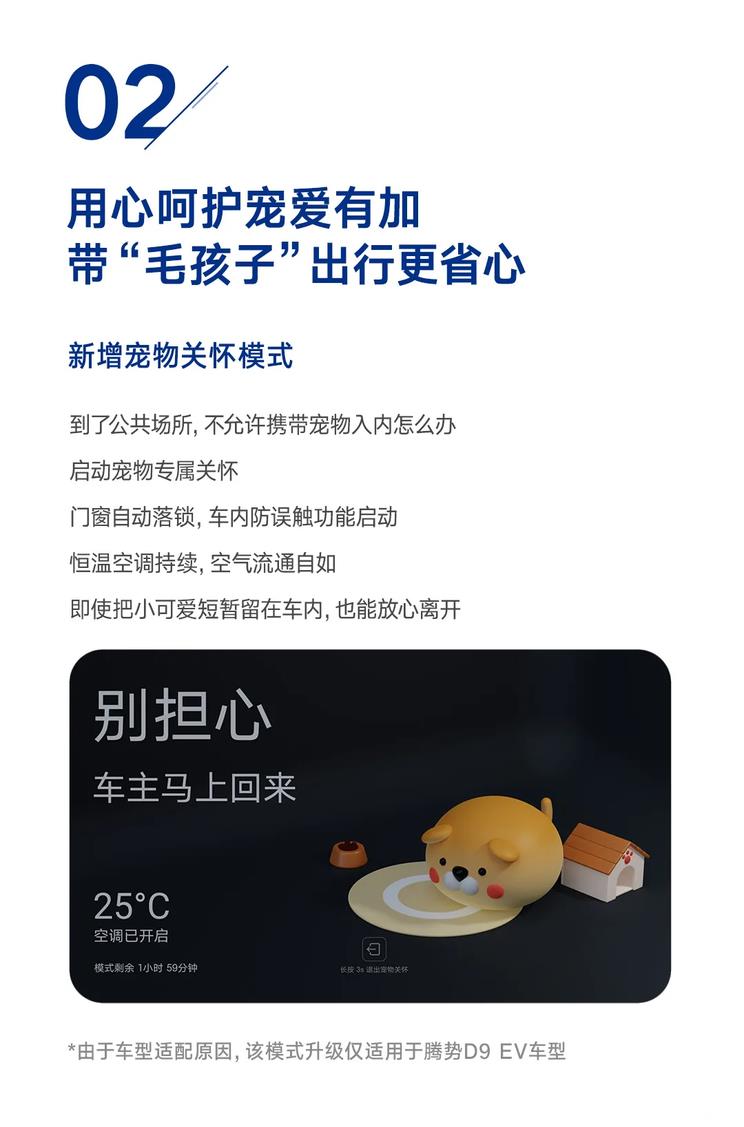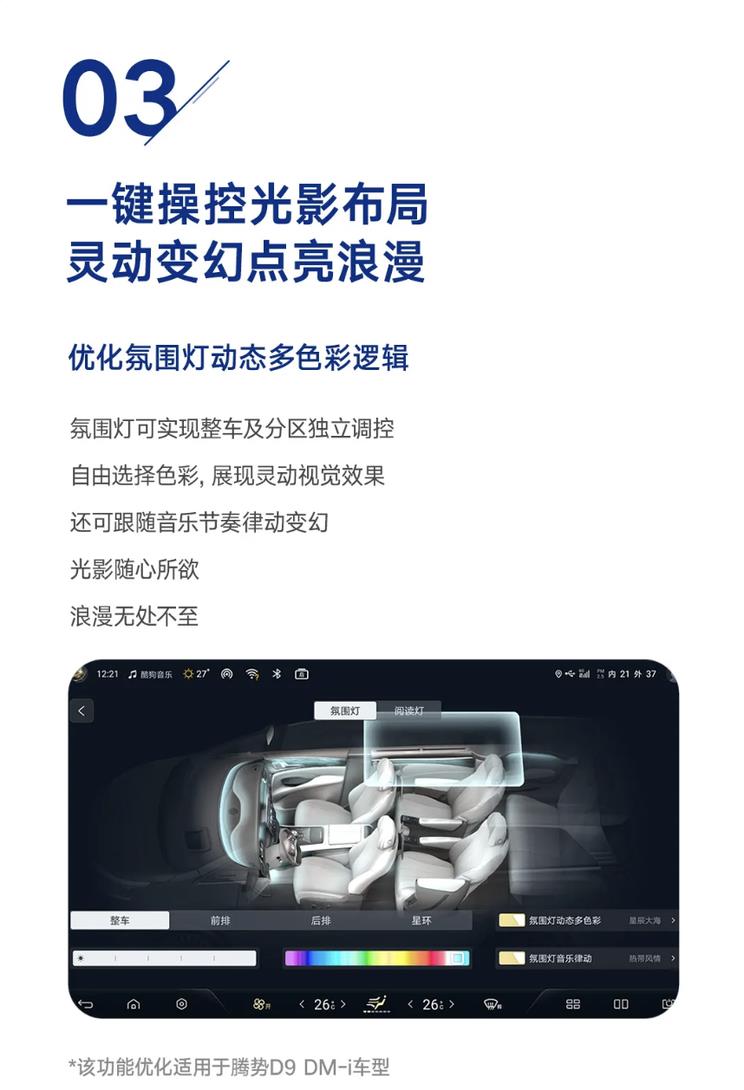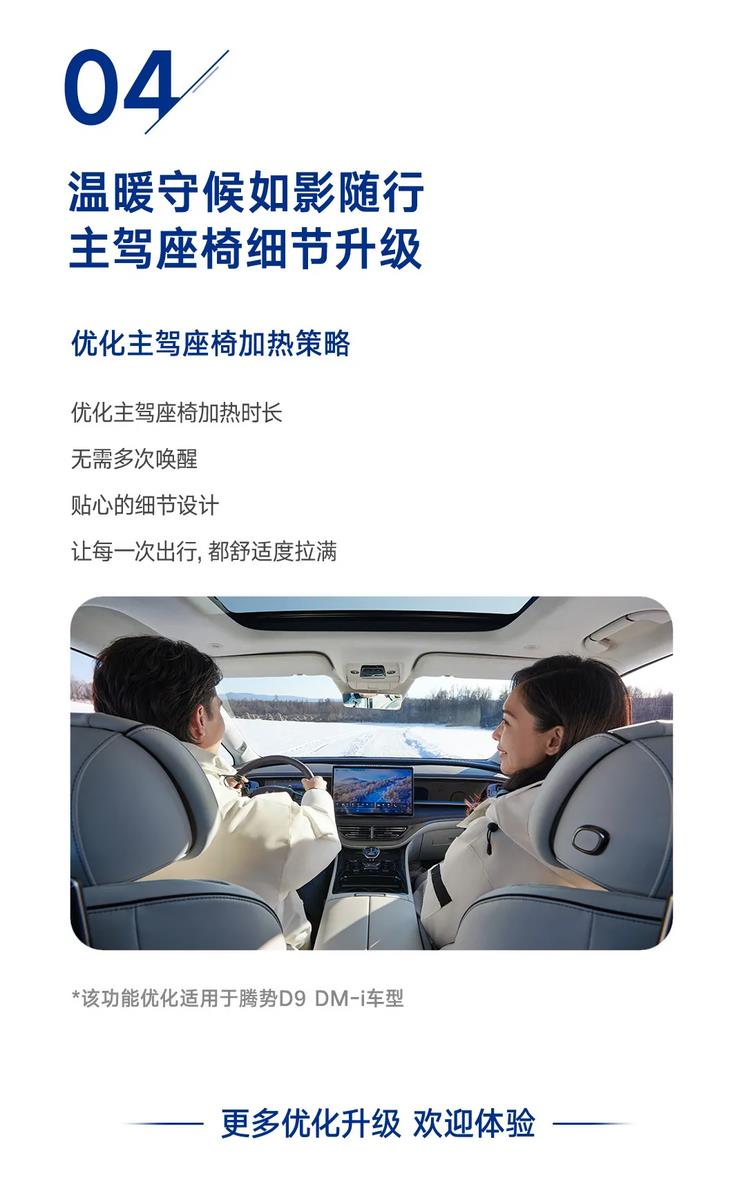[today’s recommendation]
Sudden! Krypton intends to withdraw from the US stock market.
On May 7, Geely Automobile Holdings Co., Ltd. announced that it plans to acquire all the issued shares of Extreme Krypton Intelligent Technology Co., Ltd. Geely Automobile currently holds about 65.7% of the shares of Extreme Krypton. If the transaction is completed, Extreme Krypton will be completely merged with Geely Automobile, privatized and delisted on the New York Stock Exchange. In this regard, Geely Holding Group responded that this move is an important step to further implement the Taizhou Declaration, focus on the main automobile industry, improve resource utilization efficiency and deepen brand synergy.
Lenovo Yang Yuanqing responded to whether the product price increased.
At Lenovo TechWorld on May 7th, Yang Yuanqing, chairman of Lenovo Group, was asked if Lenovo’s products would increase in price as a global company. Yang Yuanqing said that there is definitely no absolute answer, and the supply and demand of parts is a very important consideration. Everyone is concerned that the impact of tariffs will be reflected in product pricing. If there is no further policy change, the impact on prices may not be great. But the future is very uncertain.
NVIDIA said that China’s $50 billion market should not be missed.
On May 6th, local time, NVIDIA CEO Huang Renxun attended the Knowledge conference of the global technology summit of ServiceNow in Las Vegas, USA. On the same day, NVIDIA and ServiceNow jointly launched a new service for enterprise AI agent. Huang Renxun talked about the potential of artificial intelligence and NVIDIA’s latest reasoning model, and once again stressed that China is an important market for artificial intelligence. "China is a very large market for artificial intelligence, and the market scale in the next two or three years may reach 50 billion US dollars. As an American company, it will be a huge loss if it cannot provide services for the China market. " He also said that regardless of the policy, enterprises should remain flexible.
Internet
Taobao and Xiaohongshu reached strategic cooperation.
On the eve of 618, the traffic of Taobao Tmall and Xiaohongshu was further opened. On May 7, Taobao Tmall signed a strategic cooperation with Xiaohongshu to create the "Red Cat Plan", announcing that the two sides will further open up integration and open up the whole link from planting grass to purchasing. From the specific cooperation content, the two sides mainly reached a strategic cooperation on brand merchants planting grass, and jointly established a tripartite account. Brand merchants can observe the full link effect from planting grass to placing orders through Taobao platform, and improve the delivery efficiency. Taobao Tmall will also increase investment, heating and pouring notes for merchants planting grass. At the same time, Xiaohongshu and Taobao will jointly add the function of "advertising hanging chain" below the notes. Brands that joined the pilot in the early stage can realize the direct drainage of content delivery to Taobao Tmall stores. At the same time, Taobao brand merchants can also be placed directly in Xiaohongshu.
JD.COM 618 will be officially opened on May 31st.
JD.COM announced on May 7th that it will officially open JD.COM 618 at 8 pm on May 31st. Prior to this, the heartbeat shopping season will be the first to open at 8 pm on May 13th.
TEMUFull hosting mode in the US has been stopped.
At the end of April, TEMU stopped the full custody mode in the United States, and the goods in TEMU were marked with the labels of local warehouse, "no import fee" and "no delivery surcharge". (Cailian)
TikTokAnnounced a new data center project in Finland with an investment of 1 billion euros.
TikTok announced the new data center project in Finland on May 6th local time, which is an important step in the field of data security in Europe. With an investment of 1 billion euros, local developer HyperCo Oy will build a new data center in Kouvola, Finland. TikTok said that the new data center is the core part of the four-leaf clover project, which plans to invest 12 billion euros to provide data protection for 175 million Europeans. (Interface News)
Zuckerberg’s apple and NVIDIA.
At the Stripe 2025 annual conference held on May 6, local time, the biggest concern was that Mark Zuckerberg, CEO of Meta, made no secret of his hostility to Apple in public, and generously indicated that his management philosophy was quite different from Huang Renxun, the founder of NVIDIA. In a conversation with Stripe CEO and co-founder John keirrison, Zuckerberg publicly commented on Apple and its App Store policy. Although Zuckerberg tried to show a restrained attitude, his words still revealed gloating over Apple’s recent difficulties.
[technology circle]
Huawei Recruitment: We have not conducted any form of internship cooperation with any third party.
On May 7th, Huawei Recruitment issued a document saying that some intermediaries have recently sold Huawei’s "internal internship", "internship recommendation letter" and "remote internship" on the Internet, and some students have been deceived. I would like to remind you that Huawei has no internship methods such as "internal internship" and "remote internship", and has never carried out any form of internship cooperation with any third party (intermediary or individual).
Tencent Yuanbao announced the function upgrade of Wensheng Map.
On May 7, Tencent Yuanbao announced that the function of Wensheng Map has been upgraded, and both Mixed Element and DeepSeek can generate maps. This function is combined with the latest Wensheng diagram model of Tencent, and has been launched at the whole end of Yuanbao.
Volcano Engine released database intelligent assistant DBCopilot
On May 7th, Volcano Engine officially released the first database intelligent assistant in China — — DBCopilot, which has been online in the DBW console of Volcano Engine database workbench.
Google releases Gemini 2.5 Pro "I/O" model.
On May 6th, local time, Google DeepMind artificial intelligence research team released Gemini 2.5 Pro "I/O", which is an upgraded version of the multimodal language model Gemini 2.5pro released in March this year. On the AI ranking list LMArena, the model reached the top on several indicators. At present, the model has been opened to independent developers of Google AI Studio, enterprise users of Vertex AI cloud platform and ordinary users of Gemini applications.
The Federal Aviation Administration allows SpaceX to launch starships 25 times a year in Texas.
On May 6, local time, the Federal Aviation Administration (FAA) released the final environmental assessment of SpaceX’s proposal to increase the number of launches of starships/super heavy orbits in Boca Chica, Texas, allowing the number of launches to increase from 5 to 25 per year.
Foreign media: OpenAI plans to expand the Stargate project to areas outside the United States.
According to foreign media reports, OpenAI plans to expand the Stargate project to areas outside the United States.
[Car ring]
Changan Automobile rumor merged into Dongfeng Group: relevant parties will be held accountable.
WeChat official account, the "Changan Automobile False Information Reporting Center", issued a document saying that during May 5th to May 6th, Changan Automobile discovered a group of organized dissemination of false information from media accounts, slandering China automobile brands and maliciously slandering the relationship between Changan Automobile and other automobile brands. Changan Automobile officially listed the list of relevant self-media accounts, and said that Changan Automobile has taken legal measures to safeguard the legitimate rights and interests of enterprises for the subjects/individuals who spread false information such as "Changan Automobile has been merged into Dongfeng Group as a secondary enterprise".
Zhiji Automobile: The pre-sale order of the new Zhiji L6 reached 24,000 units.
On May 7th, Zhiji Automobile announced that the pre-sale order of the new Zhiji L6 reached 24,000 units. It is understood that the new Zhiji L6 was released on April 18th, with three major configuration versions, and the price range of pre-sale rights and interests is 219,900 yuan-289,900 yuan, and will be officially listed and delivered on May 13th.
LI responded to Li Xiang’s annual salary of 639 million: the actual salary was 2.66 million.
On May 7, LI said: "‘ Li Xiang’s annual salary is 639 million ’ This statement is not accurate. " According to LI, Li Xiang’s total actual salary in 2024 is 2.66 million yuan. At present, the annual sales volume of 500,000 vehicles disclosed corresponds to 18 million shares, which is about 639 million yuan, which belongs to the expenses that the company must keep accounts according to American accounting standards, and is not the actual salary income of Li Xiang. (Red Star Capital Bureau)
Xpeng Motors applied for Iron Man trademark.
Aiqicha App shows that recently, Guangdong Xpeng Motors Science and Technology Group Co., Ltd. applied to register an "Iron Man" trademark, which is internationally classified as a scientific instrument, and the current trademark status is awaiting substantive examination. According to reports, He Xiaopeng, chairman of Xpeng Motors, appeared at the Shanghai Auto Show with the humanoid robot IRON. He Xiaopeng introduced that humanoid robots in Tucki have entered the stage of factory training, with the goal of realizing large-scale industrial mass production in 2026. He expected that robots in Tucki could work with humans in the factory environment in the future to improve work efficiency.
Tucki Huitian responded to "listing in Hong Kong or the United States": At present, the company has no specific information to publish.
On May 7th, it was reported that Xpeng Motors was considering the initial public offering of its flying car subsidiary, Tucki Huitian, and Xpeng Motors had invited a number of banks to bid for a role in the IPO of Tucki Huitian, which may be held in Hong Kong or the United States. In this regard, Tucki Huitian responded that at present, the company has no specific information to publish. (Cailian)
SAIC Volkswagen sold nearly 83,000 vehicles in April, up 5.9% year-on-year.
According to SAIC Volkswagen, in April, SAIC Volkswagen sold nearly 83,000 vehicles, up 5.9% year-on-year, including nearly 14,000 vehicles sold by Tiguan family terminals and nearly 18,000 vehicles sold by Passat family terminals.
The BMW Group’s total revenue in the first quarter was 33.758 billion euros and its net profit was 2.173 billion euros.
On May 7, the BMW Group released a financial report showing that the global delivery volume in the first quarter of 2025 was 586,117 vehicles, down 1.4% year-on-year; The total revenue was 33.758 billion euros, a year-on-year decrease of 7.8%; The net profit was 2.173 billion euros, a year-on-year decrease of 26.4%; The profit margin before interest and tax of automobile business was 6.9%, compared with 8.8% in the same period of last year.
Tesla launched a long-life rear-wheel drive Model Y in the United States, priced at $44,990.
Tesla official website shows that Tesla has launched a long-life rear-wheel drive version of Model Y in the United States, which costs $44,990.
Ferrari’s net revenue in the first quarter was 1.791 billion euros, a year-on-year increase of 13.0%.
Ferrari announced its first-quarter results on May 6th, local time. Its net revenue in the first quarter was 1.791 billion euros, up 13.0% year-on-year, and its total shipments were 3,593 units. The net profit in the first quarter was 412 million euros, and EBITDA was 693 million euros.
[Big consumption]
JD.COM Pangdonglai joined forces.
Recently, Fat Donglai Trading Group and Jingdong Logistics Group jointly built the first Henan supply chain industrial base — — Jingdong Logistics (Xuchang) supply chain industrial base project will be fully put into operation in June this year. The person in charge of the project said that after the project is put into production, the annual output value will be about 2.5 billion yuan, and the profit and tax will be 50 million yuan. Aiqicha App shows that Jingdong Logistics Supply Chain Co., Ltd. was established in June 2020, with Hu Wei as its legal representative and a registered capital of 10 billion yuan. In addition, information related to intellectual property rights shows that in January 2021, an industrial company in Henan applied to register a trademark of "Fat JD.COM", which is classified as catering and accommodation internationally, and the trademark is invalid at present.
Founder of Box Horse Re-started: Pat Xiansheng completed $25 million angel round financing.
Pat Xiansheng, a new retail brand of pet food, announced the completion of $25 million angel round financing on May 7, setting a new high for angel round financing in the pet industry in recent years. The funds will be used for the innovation of big data customized products, the construction of supply chain system and the refined operation and expansion of stores to meet the diversified requirements of pet owners and promote the development of the industry in a direction more in line with pet consumption characteristics. It is reported that Hou Yi, the founder of Pat Xiansheng, is also the founder of Boxma Xiansheng.
Kweichow Moutai: In April, the company repurchased 934,800 shares and paid 1.44 billion yuan.
Kweichow Moutai announced in the evening that in April, 2025, the company repurchased 934,800 shares, accounting for 0.0744% of the company’s total share capital. The highest purchase price was 1,575 yuan/share, the lowest price was 1,468.01 yuan/share, and the amount paid was 1.44 billion yuan. By the end of April, 2025, the company had repurchased 2,017,500 shares, accounting for 0.16% of the company’s total share capital. The highest price purchased was 1,584.06 yuan/share, and the lowest price was 1,417.01 yuan/share, and the total amount paid was 3,039 million yuan (excluding transaction costs).
Maotai’s first spokesperson rumors failed, and it was Maotai Wenlv who signed LAY.
On the morning of May 7th, rumors about LAY, the first spokesman of Maotai, rushed to the hot search, which also triggered a hot discussion in the market, but they were not confirmed by Maotai officials. On the evening of the same day, the official of Maotai Wenlv Company announced the signing of LAY as the image spokesperson. According to reports, Maotai has never hired a spokesperson in history, so this news has attracted much attention from the outside world. According to the information released by Maotai Wenlv, LAY will attend May 17th — Music event held in Guiyang on 18th, but did not disclose the specific details of cooperation.
fiveOn July 7th, the wholesale reference price of Feitian Maotai generally fell.
According to the latest wholesale reference price disclosed today, on May 7th, the prices of original cases of Feitian Maotai in 24 years, original cases/loose bottles of Feitian Maotai in 23 years and original cases/loose bottles of Feitian Maotai in 22 years all fell, ranging from 15 yuan to 45 yuan, with the original cases of Feitian Maotai in 23 years falling the most, dropping 45 yuan to 2235 yuan/bottle.
Tsingtao Brewery: It is planned to acquire 100% equity of Jimo Yellow Rice Wine.
Tsingtao Brewery announced in the evening that the Company had signed the Equity Transfer Agreement with Xinhuajin Group, Lujin Group and Shandong Jimo Yellow Rice Wine Factory Co., Ltd. ("Jimo Yellow Rice Wine"), and the Company planned to take over 100% equity of Jimo Yellow Rice Wine held by Xinhuajin Group and Lujin Group, with the relevant consideration of 665 million yuan and the sum of the profit and loss during the price adjustment period. Jimo yellow rice wine belongs to the fermented wine industry with our company. With the addition of Jimo yellow rice wine, it will further enrich our product line, broaden market channels and provide more diversified choices for consumers.
Domestic multi-brand gold jewelry prices continue to rise.
On May 7th, the price of gold jewelry in many domestic gold shops continued to rise, and the price of gold jewelry in brands such as Chow Tai Fook was raised by 7 yuan/gram to 1033 yuan/gram compared with yesterday.
Shanghai legoland opened on July 5 this year.
Merlin Entertainment Group officially announced on May 7 that legoland, the largest park in the world — — Legoland Resort will open on July 5, 2025 to welcome guests. "Limited Commemorative Year Card for Opening the Park (including tickets for trial operation)" and "Limited Hotel Package for Opening the Park (including tickets for trial operation)" were officially launched on the official WeChat applet of legoland Resort today (May 7), and the above products were launched for members yesterday. Legoland Resort has eight major theme areas, over 75 interactive riding facilities, performance and fun attractions, and thousands of Lego models made up of over 85 million Lego bricks.
Aviation industry
The first overseas user of domestic aircraft flies to Shanghai.
At 14:25 Beijing time on May 7th, a domestic C909 plane departed from SamRatulangi International Airport in Manado, Indonesia, and will arrive at Shanghai Pudong International Airport at about 20: 55 that evening. This is the first Minato-Shanghai flight opened by TransNusa, which further extends the commercial operation network of domestic aircraft in the international market.
Foreign media: If the trade negotiations with the United States fail, the EU will propose to impose tariffs on Boeing.
According to foreign media reports, if the trade negotiations with the United States fail, the EU will propose to impose tariffs on Boeing.
[financial circle]
AIC license ushered in the expansion period, and Industrial Bank won the first order of the stock bank.
On the evening of May 7, Industrial Bank announced that it had received the Reply of the State Financial Supervision and Administration on the Establishment of Xingyin Financial Assets Investment Co., Ltd. (Jin Fu [2025] No.284). According to the reply, Industrial Bank was approved to build Xingyin Financial Assets Investment Co., Ltd.. After the preparatory work is completed, Industrial Bank will apply to the State Financial Supervision and Administration for opening in accordance with relevant regulations and procedures.
Shanghai Pudong Development Bank: Liu Yiyan, the company’s vice president and chief risk officer, resigned due to his age.
Shanghai Pudong Development Bank announced in the evening that due to his age, Liu Yiyan resigned as the company’s vice president and chief risk officer. According to the company’s articles of association, the resignation shall take effect as of the date it is delivered to the company’s board of directors.
E Fund reduces management fees of two funds.
On May 7, E Fund announced that the management fees of E Fund’s new comprehensive bond index fund and E Fund’s investment-grade credit bond fund will be lowered from May 12, with the former’s annual management fee reduced from 0.30% to 0.15% and the latter from 0.35% to 0.30%.
Bee Qiao Capital responded to Qing POP MART: When the fund expires, it is still optimistic about the company’s stars and seas
On May 7, Bee Qiao Capital issued a document in its official WeChat official account, saying, "As the first phase of Bee Qiao RMB Fund is about to expire, Bee Qiao Capital has cleared all the POP MART shares bought before listing in three times through block transactions in the past week, and the fund will no longer hold any POP MART shares." This also positively responded to the information that "investors sold POP MART shares through block transactions many times" which was hotly discussed in the capital market in the previous week.
[medical circle]
Upgrade jurisdiction, court session in July! The latest development of Kangmei Pharmaceutical’s case of recovering 340 million yuan.
As a follow-up action of "the first special representative lawsuit" in China capital market, Kangmei Pharmaceutical sued Guangdong Zhengzhong Zhujiang Certified Public Accountants for a 340 million yuan recovery dispute, which ushered in the latest progress. It is reported that the Guangzhou Intermediate People’s Court issued a ruling, in view of the fact that the case is a new type of case, the case is complex and has the guiding significance of legal application, and the Yuexiu District People’s Court of Guangzhou submitted an application for upgrading jurisdiction, so it was decided that the Guangzhou Intermediate People’s Court would be responsible for hearing the case. The case will be heard in July 2025. (Securities Times)
Siemens Medical expects that the tariff will affect the profit of 300 million euros.
On May 7, Siemens Medical announced its performance report, and the company predicted that tariffs would have an impact of up to 300 million euros on Siemens Medical’s operating profit in the second half of 2025.
The new global "drug king" is coming! Smegliptide earned more than K drugs in the first quarter.
In 2024, Novo Nordisk’s smeagoutide (including Ozempic, Wegovy and Rybelsus) ranked behind Merck K with a sales gap of less than $200 million, and missed the throne of the global "drug king". In the first quarter of 2025, the global sales of smeagoutide finally surpassed that of K-drug, and it temporarily took the throne of the global "drug king". According to the relevant data, in the first quarter of 2025, the sales of smeagoutide was 664 million dollars ahead of K drug.
[real estate]
With a capital of 1 billion yuan, Country Garden Property indirectly provides guaranteed delivery loans to real estate groups.
On May 7th, Country Garden Service announced that it had signed loan contracts with two companies, Win Win and Fortune Warrior, and would provide the two companies with revolving loan facilities with a total principal of RMB 1 billion. The loan will be allocated from the internal resources of the Group. The two companies are wholly owned by Yang Huiyan, the non-executive director and major shareholder of Country Garden Services. The loan of 1 billion yuan will be lent by the two companies, Win Win and Fortune Warrior, to the domestic subsidiary of Country Garden Holdings for the related matters of guaranteeing the delivery of the house.
(Editor: Chen Ting)





